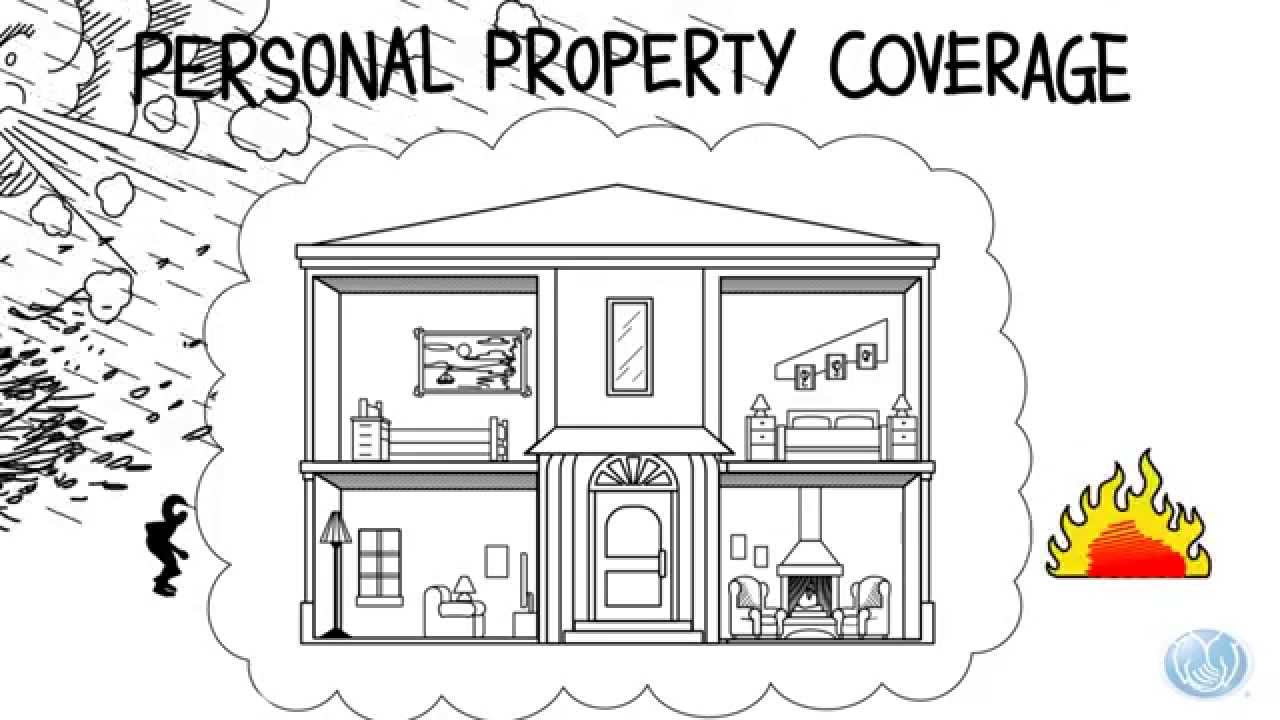Sarasota Insurance Agency >> blog

Standard homeowners policies extend coverage to your personal possessions in addition to the structure of your home. Personal property insurance is not as straightforward as dwelling coverage sometimes. Read on to familiarize yourself with the nuances of insuring your belongings.
Personal property coverage, or personal property insurance, protects the items inside your home - like furniture, appliances and other personal possessions - from the many things that can destroy them. The great thing about this part of homeowners insurance is that your belongings are also protected outside of the home as well. So whether they are destroyed, or stolen, inside or outside, your property is covered. The same type of coverage is also found in standard renters policies and condo/co-op policies.
The damages you are covered for depends on your policy. There are two types of homeowners/renters/condo insurance policies, open peril and named peril, and they determine what damages you are covered for.
Standard homeowners policies are called HO-3, and base coverage on ‘named’ perils when it comes to personal belongings. This means your possessions have to be destroyed by something explicitly listed in your homeowners/renters/condo policy in order to be claimed. The 16 most common perils listed in those policies include:
So if your couch was ruined from a burst pipe in the ceiling, or your fridge went up in flames, you would be covered because those two events are accepted named perils. On the other hand, if your living room was torn up from a wild animal after you accidentally left your door open, your property would not be covered because you are not explicitly covered for “wild animal damage”. You would need an ‘open’ peril policy.
Open peril policies protect your belongings from any type of damage, so long as it is not explicitly excluded from your policy. Standard homeowners/condo policies typically exclude coverage for the following:
If your clothing or furniture were damaged as a result of an earthquake, you would not be covered. The burden of proof typically falls onto the home insurance company so they have to prove the cause of the damage was something they explicitly exclude in their policy. In our wild animal example earlier, since you're not explicitly excluded from an animal trashing your home (though vermin, rodents, and insects are excluded) you would be covered because they cannot prove your policy excludes the cause of the damage.
Typically personal property is insured for between 20 to 50% of the coverage limits of your home. A typical policy may have $250,000 to cover the home structure, and $100,000 of personal property protection (which would be 40% of the $250,000). The amount of coverage you need (and should have) will depend on the amount of stuff you own, and how valuable they are. We recommend all homeowners take an inventory of all the most valuable things they own before they start a policy so they have a good idea of how much coverage they should have.
Standard homeowners policies pay you for the actual cash value (ACV) of your possessions after they are destroyed. What that means is you will receive payment for the object up to its value, minus however much it depreciated since purchase. A TV you bought 10 years ago may have cost $3,000 then, but has likely depreciated and may only be valued at $1,000 now. With ACV you would only get the $1,000.
If you want to be fully insured, you'll want to make your policy a replacement cost value (RCV) policy. Replacement cost value means you are getting the exact amount to replace the same object for the current market price. If that TV was $3,000 then, you will get $3,000 to replace it. This may also cost more than the ACV version.
There are certain ‘high value’ objects that homeowners/renters/condo insurance companies will not reimburse completely. The best example is jewelry coverage. You may own $20,000 worth of jewelry, but standard insurance policies only cover up to a certain amount - such as $5,000. Other examples include musical instruments, certain electronics, and cash. To get the full value of those objects insured, you usually have to purchase an endorsement from the insurance company to increase the limits on those objects. There are also extra insurance policies you can take out on those objects as well.
A personal property claim works like any other type of homeowners insurance claim. If your stuff gets damaged, and you think your insurance company will cover it, you can either file the claim online or over the phone. A claims adjuster will come to assess the damage, determine the validity of the claim, and report back to the insurer.
If the claim is approved you will receive the payment in two stages. The first is what the insurance company deems is an acceptable amount to repair and/or replace the object. If you have ACV it will be minus the cost of depreciation and if you have RCV, the current cost. After you make the repairs, if it turned out to be more expensive than predicted, the insurance company will reimburse you for the extra cost, so be sure to save all receipts and statements. You will also have two years from the time of the initial payment to replace or repair the object.
Give WFL a call and we can help you protect what matters most
Original Source:
https://www.valuepenguin.com/homeowners-insurance/personal-property-insurance
2018-11-01 12:32:58